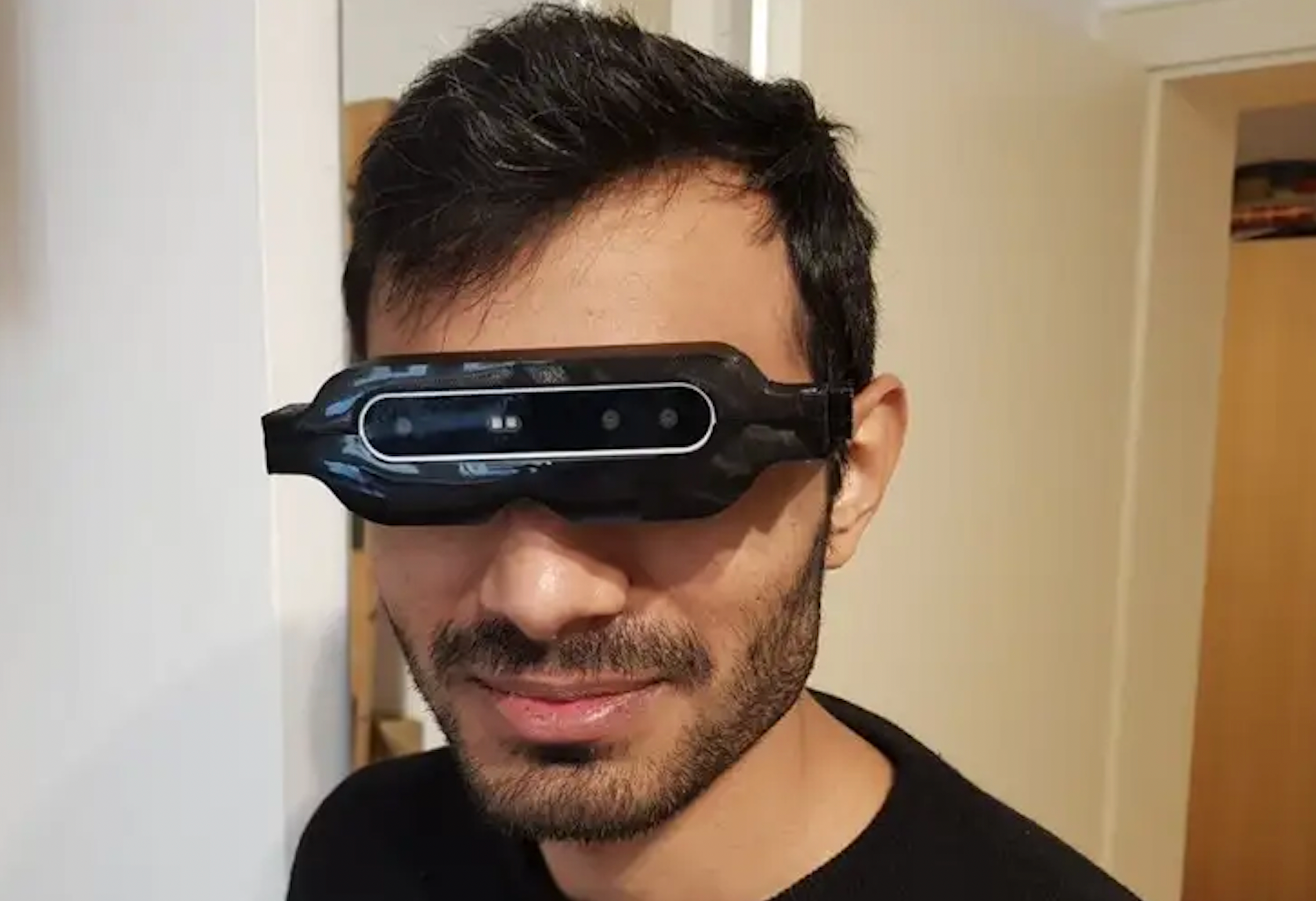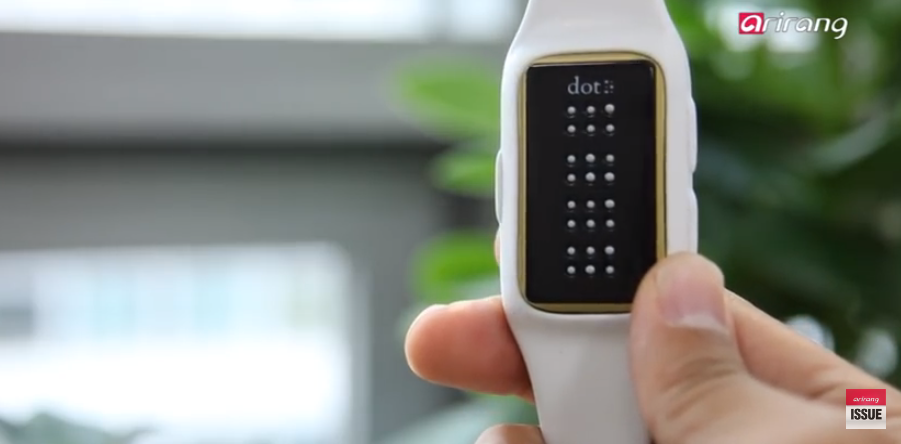Voice-Activated Assistive Devices: Simplifying Regular Tasks
Wiki Article
Enhancing Lives With Advanced Assistive Gadgets for the Blind
The assimilation of advanced assistive tools for the blind is changing exactly how people experience their environments and engage with their neighborhoods. What does this evolution indicate for the future of assistive innovation and its role in empowering people?Introduction of Assistive Devices
Assistive gadgets for the blind encompass a varied series of devices and modern technologies developed to enhance freedom and enhance the quality of life for people with visual problems. These devices accommodate numerous requirements, from navigating and mobility to communication and day-to-day job management.One of the main categories of assistive gadgets includes wheelchair aids, such as white walking canes and guide pet dogs, which help customers browse their surroundings securely. Electronic travel aids, geared up with sensing units and audio feedback, additionally play a significant duty in movement enhancement.
Furthermore, tools that assist with day-to-day living tasks, such as flexible kitchen tools, Braille labels, and chatting watches, equip individuals to carry out tasks separately. Interaction help, including screen visitors and Braille display screens, promote accessibility to info and make it possible for individuals to involve successfully with the electronic globe.
In addition, low-tech remedies like multiplying glasses and large-print products stay crucial for several customers. Collectively, these assistive gadgets serve not only as functional tools however also as essential enablers of freedom, cultivating better participation in a world that commonly prioritizes sighted experiences. Their integration right into day-to-day live is necessary for advertising inclusivity and enhancing overall health for those with visual disabilities.
Ingenious Technologies in operation
Development in innovation has significantly changed the landscape of tools available for people with visual disabilities. Amongst one of the most noteworthy developments are clever glasses incorporated with enhanced reality, which provide real-time navigation support and things acknowledgment. These devices leverage advanced cams and expert system to provide acoustic hints, enhancing the individual's spatial understanding and autonomy.Furthermore, mobile applications have arised as effective resources, allowing customers to determine money, read text aloud, and browse unknown settings through spoken guidelines. Tools such as Braille displays and refreshable Braille gadgets remain to develop, offering smooth connection with computer systems and smartphones, consequently boosting communication and access to info.
Wearable innovation, including smartwatches geared up with voice-activated features, even more encourages customers by promoting quick accessibility to alerts and alerts without needing visual engagement. Responsive maps and 3D printing are likewise gaining traction, using substantial depictions of spaces that help in alignment and mobility training.
Collectively, these ingenious modern technologies not only enhance the lives of visually damaged people yet additionally foster greater self-reliance, inclusivity, and interaction with the broader area, thus improving perceptions of ease of access. (Mobility aids for visually impaired users)
Personal Stories of Empowerment
Empowerment frequently emerges from individual experiences that highlight the transformative impact of innovation on people with aesthetic problems. Take, for circumstances, the tale of Sarah, a young musician who restored her enthusiasm for paint with the use of a smart walking stick furnished with challenge detection. This device not only facilitated her mobility yet instilled a newly found confidence, permitting her to navigate public rooms independently and pursue her innovative endeavors.
These narratives emphasize the extensive impacts that advanced assistive gadgets can carry every day life. By allowing individuals to overcome barriers, modern technology cultivates a sense of freedom and self-regard. Such empowerment tales function as a testimony to the capacity of development, showing how the right devices can dramatically enhance quality of life and open doors to new opportunities for those with visual problems.
Advantages of Advanced Solutions
Just how can progressed remedies fundamentally boost the lives of people with visual problems? The integration of advanced innovation right into assistive tools considerably changes day-to-day experiences for those affected by vision loss. These advanced services use unprecedented freedom, enabling individuals to browse their environments with self-confidence. Tools such as clever canes geared up with sensors, navigating apps, and wearable technology are created to offer real-time feedback, enhancing spatial awareness and minimizing the risks connected with wheelchair.
In addition, progressed assistive innovations foster social inclusion by assisting in interaction and interaction. Voice-activated devices and applications allow people to gain access to information and engage with their environments individually, breaking obstacles that previously hindered their participation in instructional, expert, and social setups.
Additionally, the modification and flexibility of these remedies provide to the diverse demands of customers, thus improving their general lifestyle. Enhanced performance, such as item recognition and text-to-speech capacities, equips people with aesthetic problems to do jobs that they may have as soon as discovered challenging. Ultimately, advanced assistive innovations not just improve independence and safety and security yet also advertise dignity and self-worth, allowing customers to lead fulfilling lives.
Future Fads in Assistive Technology
As modern technology continues to advance, the landscape of assistive gadgets for the blind is positioned for exceptional advancements that will better boost availability and independence. Emerging patterns in assistive innovation indicate a shift towards raised integration of expert system (AI) and machine discovering, making it possible for tools to adapt to private customer requires in real-time. These technologies are expected to facilitate more user-friendly navigation systems that can identify obstacles and offer audio comments, substantially boosting outside wheelchair.In addition, the growth of wearable technology, such as wise glasses outfitted with enhanced fact, will permit users to receive contextual information about their surroundings, consequently enhancing their spatial understanding. Developments in haptic innovation guarantee to develop tactile responses tools, enabling individuals to regard details with touch, improving knowing and communication with their environment.
Telecommunication advances are additionally leading the way for remote aid remedies, where skilled professionals can provide advice by means of video clip calls, ensuring assistance is readily easily accessible. As these patterns unravel, the future of assistive devices for the blind will definitely promote greater freedom, empowering people to browse their world with self-confidence and simplicity.

Conclusion
The combination of advanced assistive gadgets for the blind represents a significant development in cultivating freedom and boosting lifestyle. By making use of innovative technologies, these tools equip users to browse their settings with higher confidence and autonomy. As the area remains to evolve, ongoing study and development will likely yield much more advanced remedies, further changing the lived experiences of individuals with aesthetic disabilities and advertising a better sense of incorporation within society.
The integration of advanced assistive devices for the blind is changing how people experience their surroundings and engage with their neighborhoods. The integration of sophisticated innovation into assistive gadgets considerably changes daily experiences for those influenced by vision loss.As modern technology continues to advance, the landscape of assistive tools for the blind is positioned for exceptional improvements that will additionally boost ease of access and freedom. Emerging fads in assistive Mobility aids for visually impaired users technology show a change toward raised integration of man-made knowledge (AI) and equipment discovering, making it possible for devices to adjust to specific user needs in real-time.The integration of sophisticated assistive tools for the blind stands for a substantial advancement in fostering self-reliance and boosting top quality of life.
Report this wiki page